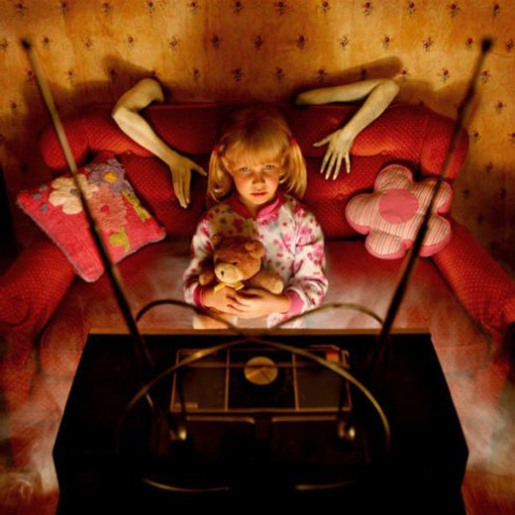
The Casein Printing method. This process yields very raw, earthy and vintage looking images. After looking at Donald E. Camp's work, I have become very interested in this process and would like to attempt it. By using curdled milk, simple acids and pigment, you can take a negative and expose the pigment which has become photo sensitive. The pigment can also be a wide variety from oil to dirt like Camp's work. Not only that, multiple pigments can be done in multiple layers to create images that almost look like charcoal and pastel drawings.

This process doesn't seem to be too difficult, but requires some skill and finesse to get the hang of it. It also interests me because you don't need chemicals or a serious light room or setup for that matter. Also, as a result of the process, depending on the subject matter, the technique can add a grit and gravity to the image. This process is very interesting and I plan on attempting it in the near future.











